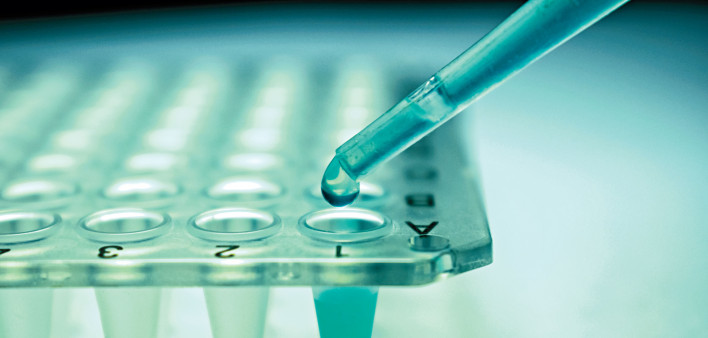Timothy Ray Brown, aka “the Berlin Patient,” may have company now that a second HIV-positive man, dubbed “the London Patient,” has no significant signs of the virus following treatment for cancer that was tailored to give him an HIV-resistant immune system.
Both men received stem cell transplants using immune cells from donors with a rare genetic mutation that causes CD4 cells to lack a functioning CCR5 coreceptor, which most HIV uses to infect a cell. The men also had to undergo highly toxic chemotherapy—and in Brown’s case, whole-body radiation—to condition the body for their transplants, therapy that would be appropriate only for individuals similarly facing potentially fatal cases of cancer.
This means that the opportunity to cure HIV through such a treatment will remain restricted to an extremely small subset of people: those who require a stem cell transplant for the primary purpose of treating cancer.
Both men were cured of their malignancies.
In September 2017, 16 months after his stem cell transplant to treat Hodgkin lymphoma, the London Patient went off his antiretrovirals (ARVs). By the time his case was announced in March 2019, he had maintained an undetectable viral load for 18 months. Should he remain in this state of ARV-free viral remission for two to three years, the lead researcher overseeing his case, Ravindra Gupta, PhD, of University College London, will likely pronounce him cured.
In recent years, some three dozen other HIV-positive individuals with cancer have received stem cell transplants, mostly from donors without the CCR5 mutation. So far, no one besides Brown has been cured. One who did receive CCR5-mutated cells, known as “the Düsseldorf Patient,” had been off ARVs for four months without viral rebound when researchers first described his case in March.
Steven Deeks, MD, a leading HIV cure researcher and a professor of medicine at the University of California, San Francisco, hails the cases of the London and Düsseldorf patients as important evidence that Brown’s cure was not a one-off. It looks like CCR5-gene-focused efforts can indeed cure the virus.
“Our capacity to edit genes in people without doing a dangerous transplant is rapidly evolving,” Deeks says. “There are lots of very smart people with huge resources trying to figure out how to edit genes in a safe and scalable way. Should someone figure out this riddle, disrupting CCR5 to cure people might be the easiest way to test the concept. We could have a testable approach in five to 10 years.”
Having such a testable treatment would mark only the beginning of a multistage clinical trials process that could span many more years before a cure therapy makes it to market.







Comments
Comments